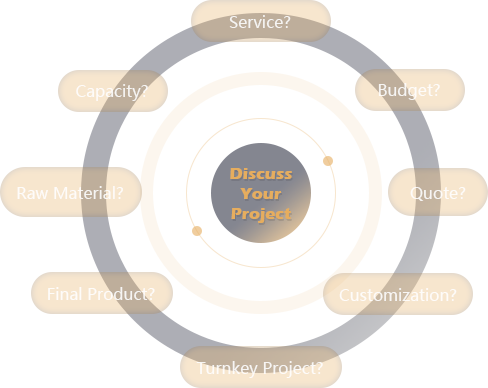Food waste, often called kitchen waste, refers to the leftover and discarded food materials from daily life, restaurants, and food processing industries. This includes uneaten rice, vegetable peels, meat scraps, fruit cores, and expired food—things that most people throw away after meals or that restaurants collect after serving customers. It’s usually high in moisture, organic matter, and nutrients like proteins and carbohydrates, but if left untreated, it can rot quickly, produce bad smells, and even pollute the environment.
Turning food waste into feed is a practical way to reuse it, and drying machines play a key role in the process. First, the collected food waste needs basic sorting: remove non-edible items like plastic bags, bones, and bottle caps. Then it’s crushed into small pieces to make processing easier. Next comes the drying step—this is where the dryer comes in. The crushed food waste is fed into the dryer, which uses heat and ventilation to remove most of the moisture (usually bringing it down to around 10%-15%). Drying is crucial because high moisture would make the waste go bad quickly and affect the quality of the feed. After drying, the material is mixed with other nutrients like corn flour or soybean meal, then pressed into pellets. These pellets are clean, easy to store, and can be fed to livestock like pigs and chickens.
Converting food waste into organic fertilizer also involves drying, but the steps focus more on fermentation first. After sorting and crushing the food waste, it’s mixed with compost materials like straw, sawdust, or old fertilizer to balance nutrients and improve air flow. Then the mixture is piled up for fermentation—microorganisms break down the organic matter over a few weeks, generating heat that kills harmful bacteria. Once fermented, the material is still wet and clumpy, so it’s sent to a dryer to reduce moisture. Drying makes the fertilizer easier to grind into a fine powder or form into granules, and it also prevents mold growth during storage. The final organic fertilizer is rich in nitrogen, phosphorus, and potassium, which can be used to nourish vegetables, fruits, and flowers, helping plants grow better without chemical additives.

Both methods turn food waste from something useless (or even harmful) into valuable products. The dryer is a vital tool here—it solves the problem of high moisture in food waste, making it safe, stable, and ready for reuse as feed or fertilizer.






























